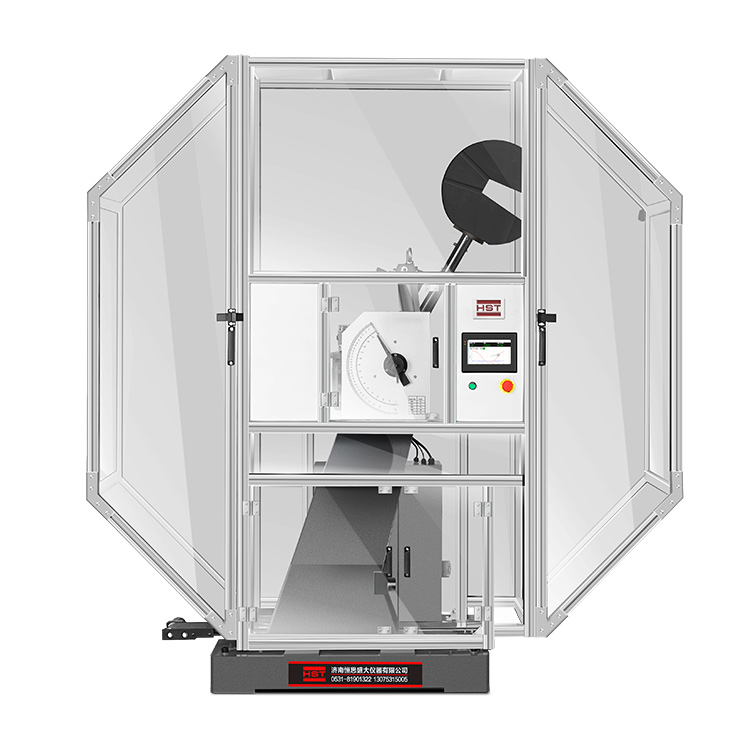Paper and Cardboard
The paper and cardboard industry is a cornerstone of modern manufacturing, playing a crucial role in packaging, printing, and various consumer and industrial applications. This industry encompasses the production of a wide range of paper - based products, from everyday writing and printing papers to sturdy cardboard used for packaging.In recent years, the global paper and cardboard market has witnessed significant growth, with a shift in consumption patterns. Once dominated by printing and writing papers, the industry now sees a booming demand for paper packaging, especially due to the rise of e - commerce and growing environmental concerns about plastic alternatives. In 2022, paper packaging and board accounted for over 65 percent of global paper production, highlighting its increasing prominence.
China and the United States are the two largest producers in the world. While the U.S. has experienced a decline in paper production over recent decades, China's output has soared, reaching 130 million metric tons in 2022, nearly double that of the U.S. during the same year.
The products of this industry are incredibly diverse. Containerboard, a major type of paperboard, is extensively used in manufacturing corrugated boxes for shipping and storage. Its annual production has increased by almost 30 percent in the past decade and is expected to grow another 20 percent by 2030, surpassing 220 million metric tons. Other products include tissue papers for personal and household use, specialty papers for specific applications like medical or food wrapping, and newsprint, though its share in global production has declined from 12 percent to 3 percent in the past 20 years due to digital media competition.
The applications of paper and cardboard are vast. In the packaging sector, they are used for food and beverage containers, protecting products while providing a sustainable alternative to plastic. Their use in medical packaging ensures sterility and safety. The graphic printing industry relies on high - quality papers for books, magazines, and advertising materials. Additionally, paper - based products are used in construction for insulation and as a base material in some building components.
However, the industry also faces challenges. Environmental concerns regarding deforestation for raw material (wood pulp) sourcing have led to increased scrutiny. To address this, there is a growing trend towards using recycled materials. In 2021, 203 million tons of recycled paper pulp were consumed for paper production. Many companies are also investing in sustainable forestry practices to ensure a renewable supply of raw materials.
In conclusion, the paper and cardboard industry continues to evolve, adapting to changing consumer demands, technological advancements, and environmental imperatives. With the right strategies, it is well - positioned to meet future challenges and maintain its significance in the global economy.


























